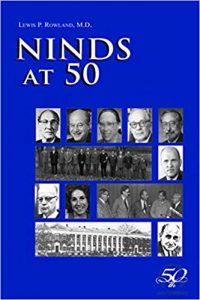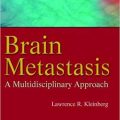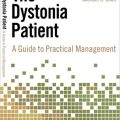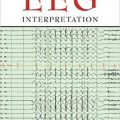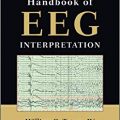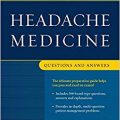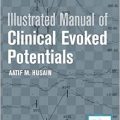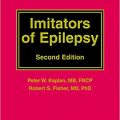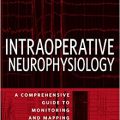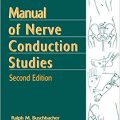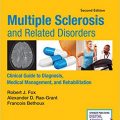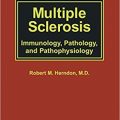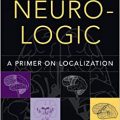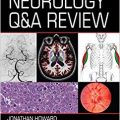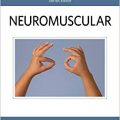NINDS at 50: Celebrating 50 Years of Brain Research, 1e
by Lewis P. Rowland Page
Product Details:
- Paperback: 300 pages
- Publisher: Demos Medical; 1 edition (February 1, 2003)
- Language: English
- ISBN-10: 1888799714
- ISBN-13: 978-1888799712
- Amazon Price: $76.52
- Points to download: 80 Points
- Format: Original Publisher PDF
- File Size: 10.1 MB
- Download link below.
Download Link:
This post contains protected content. You must be logged in and have 80 points to unlock it.
Description:
NINDS has been one of the most powerful motors that pulled and pushed the rise of modern neuroscience. This book was written in celebration of the fiftieth anniversary of the institute. Its history and the history of neurology and neuroscience are essentially one. Well written, and lavishly accompanied by photographs that span the last half-century, this book will be a welcome addition to the library of everyone in brain research and the clinical neurosciences. The first half is a history of the Institute, starting with the enabling legislation and concentrating on the people who made NINDS a powerhouse of neuroscience research The cast includes administrators, legislators, scientists and two unique women, Mary Lasker and Florence Mahoney. Against this background, the leaders of the intramural program provide the history of major contributions. The much larger extramural program encompasses biomedical research centers throughout the United States. NINDS has been a major source of training for basic scientists in neurosciences and the single major source in developing clinical investigation. In the process modern scientific neurology and neurosurgery have been created. Oral histories provide human terms for the history. More than half of the book is devoted to biographies of scientists whose contributions earned special recognition by Lasker Awards or Nobel Prizes. Among them are Kety, Louis Sokoloff, Roscoe Brady, Nancy Wexler, Carleton Gajdusek, Stanley Prusiner, Julius Axelrod, Arvid Carlsson, Paul Greengard and Eric Kandel. Together, their stories provide a history of scientific advance. “
